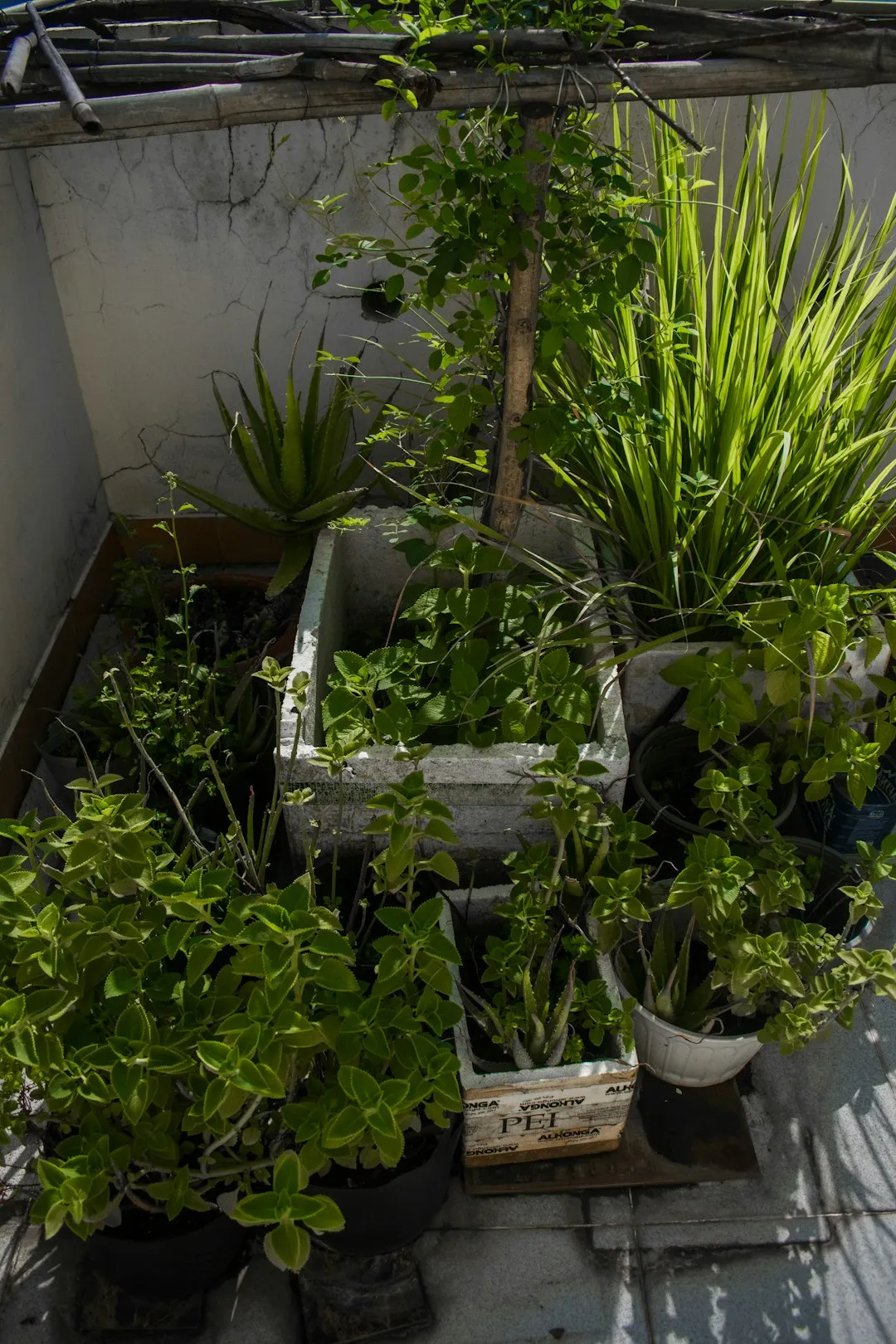Unleashing the Secrets of Rubber Plant Propagation

Houseplants have become an integral part of modern living, adding a touch of nature and tranquility to our indoor spaces. Among the many popular houseplants, the rubber plant (Ficus elastica) stands out for its large, glossy leaves and easy - care nature. One of the most rewarding aspects of owning a rubber plant is the ability to propagate it. In this guide, we'll explore two effective methods of rubber plant propagation: cuttings and air layering.
Propagating Rubber Plants through Cuttings
Propagating rubber plants via cuttings is a straightforward and commonly used method. Here's a step - by - step guide:
Step 1: Select the Right Cutting
Choose a healthy stem from your rubber plant. The stem should be at least 6 inches long and have a few leaves. Make sure the plant is well - watered a day before taking the cutting. This ensures that the cutting has enough moisture to start the propagation process. Use a sharp, clean pair of pruning shears to make a clean cut just below a leaf node. A leaf node is where a leaf attaches to the stem, and it contains the cells necessary for root development.
Step 2: Prepare the Cutting
Remove the lower leaves from the cutting, leaving only a few at the top. This reduces the amount of moisture loss through transpiration. You can also dip the cut end of the stem in rooting hormone powder. Rooting hormone helps stimulate root growth and increases the chances of successful propagation. Although it's not strictly necessary, it can significantly speed up the process.
Step 3: Plant the Cutting
Fill a small pot with a well - draining potting mix. A mixture of peat moss and perlite works well for rubber plant cuttings. Make a hole in the soil using a pencil or your finger and gently place the cutting into the hole. Firm the soil around the base of the cutting to hold it in place. Water the soil thoroughly, but make sure not to over - water as this can lead to root rot.
Step 4: Provide the Right Environment
Place the pot in a warm, bright location, but out of direct sunlight. Rubber plant cuttings need warmth and humidity to root successfully. You can cover the pot with a plastic bag to create a mini - greenhouse effect. This helps retain moisture and increases the humidity around the cutting. Check the soil regularly to make sure it stays moist but not soggy. In a few weeks, you should start to see new roots forming.
Propagating Rubber Plants through Air Layering
Air layering is a more advanced propagation method but can be very effective for rubber plants. Here's how to do it:
Step 1: Select a Branch
Choose a healthy, mature branch on your rubber plant. The branch should be about 1/2 to 3/4 inches in diameter. Make a small upward cut about one - third of the way through the branch. The cut should be about 1 - 2 inches long.
Step 2: Apply Rooting Hormone
Apply a small amount of rooting hormone to the cut area. This encourages root growth at the site of the cut.
Step 3: Wrap with Sphagnum Moss
Moisten a handful of sphagnum moss and wrap it around the cut area. Make sure the moss completely covers the cut. Then, wrap the moss with plastic wrap and secure it at both ends with twist ties or string. This creates a moist environment for root development.
Step 4: Monitor and Wait
Check the moss regularly to make sure it stays moist. In a few weeks to a few months, depending on the conditions, roots will start to form inside the moss. Once the roots are well - developed, you can cut the branch below the rooted area and plant it in a pot with fresh potting mix.
Propagating rubber plants through cuttings and air layering can be a fun and rewarding experience. It allows you to expand your collection of rubber plants and share them with friends and family. With a little patience and the right techniques, you'll be on your way to growing healthy, new rubber plants in no time.